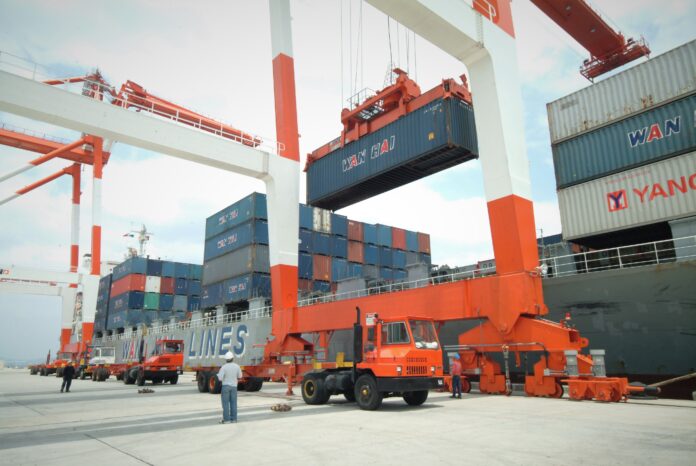-
The Subic Bay Metropolitan Authority posted improvements in most of its key performance indicators for the first half of 2021
-
Port revenue in the first semester was 17% higher than last year’s figure mainly due to a 14% increase in containerized cargoes
-
Non-containerized cargoes fell 2.5%
-
Import value registered a 40% growth while export value was 86% higher
The Subic Bay Metropolitan Authority (SBMA) posted improvements in most of its key performance indicators for the first half of 2021, including an 8.62% increase in operating revenue and 14% growth in containerized cargo volumes handled.
SBMA chairman and administrator Wilma Eisma said the agency “capped its 2021 first semester performance with major accomplishments in its key measures,” even as a few areas remained impacted by the COVID-19 pandemic and recorded an actual decline.
Among SBMA measures that showed positive growth from January to June 2021 were operating revenue, port operations, employment, business registration, and import and export performance.
On the other hand, tourism income, non-containerized cargo volume and committed investments declined.
SBMA’s operating revenue increased 8.62% to P1.66 billion in the first half of this year from P1.53 billion in the same period in 2020.
Eisma said that while this was still short by P226 million, or 11.96%, compared to the pre-pandemic record of P1.88 billion in 2019, “it still shows how fast Subic is able to recover from the effects of the COVID-19 health crisis and the resulting global economic slowdown.”
SBMA’s revenue growth in the first half was boosted by a P718-million collection from leases, P685 million from port operations, P189 million from regulatory fees, and P69 million from miscellaneous sources.
SBMA’s port revenue in the first semester was 17% higher than last year’s figures. The increase came mainly from a 14% increase in containerized cargoes, which rose to 122,862 twenty-foot equivalent units from 107,740 TEUs in 2020.
Non-containerized cargoes, on the other hand, fell 2.5% to 3.46 million metric tons from 3.54 million MT last year.
Imports amounted to US$842.29 million and were 40% higher than the $601.8 million last year, while export value totalled $636.8 million, 86% higher than last year.
The Subic Bay Freeport workforce grew despite the pandemic. From a total of 134,268 in 2019, it increased to 138,110 by the end of 2020 to 138,964 in the first half of 2021. The services sector employed 101,390 workers or about 73% of the total.
Committed investments for the first half of 2021 were 14% lower at P873.75 million. The number of registered Subic investors, however, continued to grow from 1,691 in 2019 to 1,706 in 2020, and to 1,744 by mid-year 2021.
In terms of tourism, SBMA posted a growth of 32% with 3.2 million same-day visitors in the first half of 2021; an increase in tourist arrivals from 149,951 in 2020 to 206,229 this year; as well as a rise in hotel occupancy to 26.7% this year from 20% in 2020.
The growth in key sectors was attributed to sound economic policies, best practices in anti-COVID-19 measures, and a vision for renewed growth under the new normal.
SBMA is a government-owned and controlled corporation tasked to manage and administer the Subic Bay Freeport Zone in Zambales.





